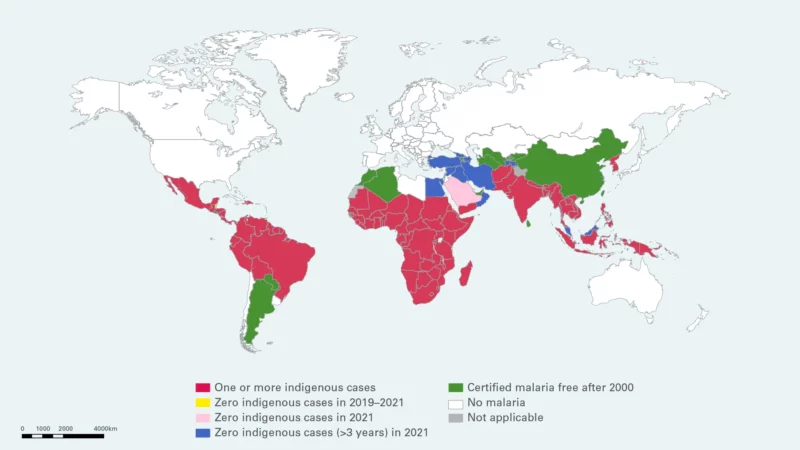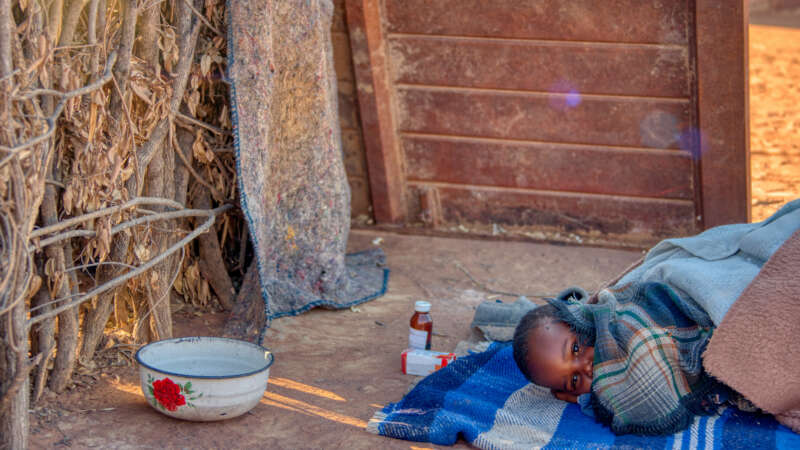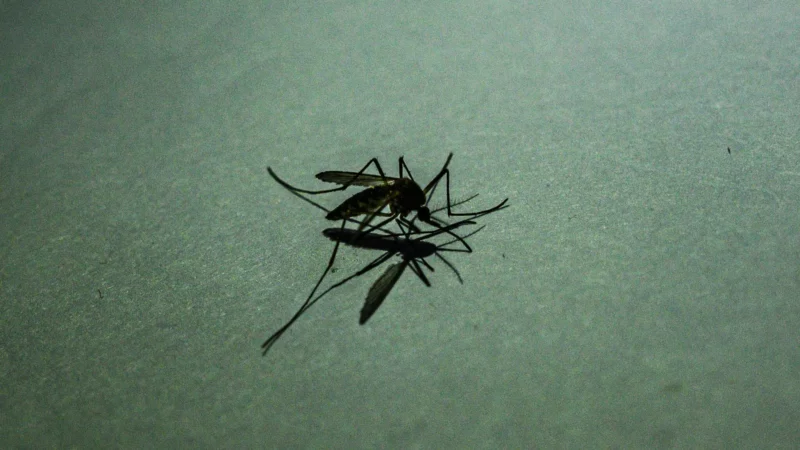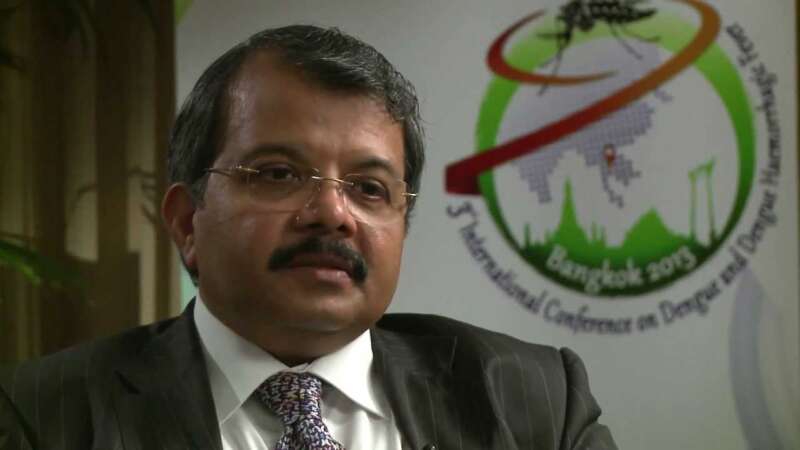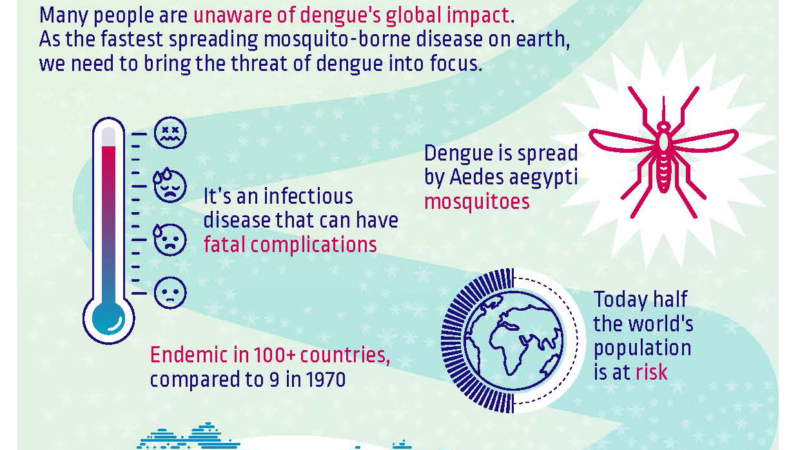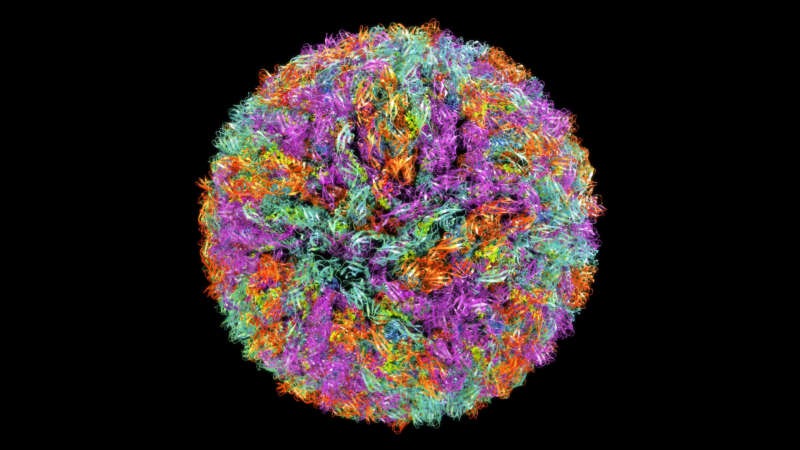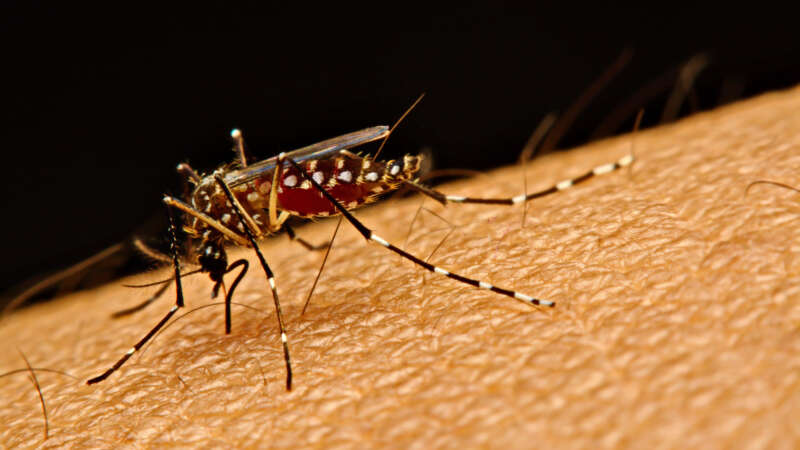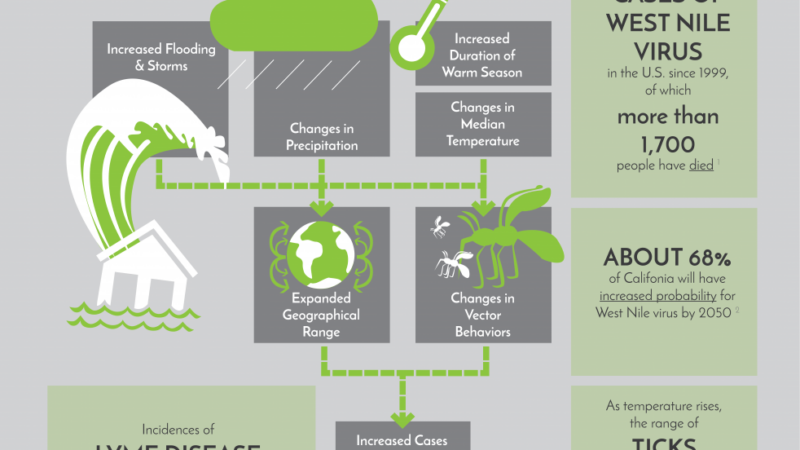Vector-borne
Malaria by the Numbers
According to the 2022 World Malaria Report, despite disruptions to prevention, diagnostic and treatment services during the pandemic, countries around the world have largely held the line against further setbacks to malaria control.
Good news:
Progress towards malaria elimination is increasing; in 2021, there were 84 malaria endemic countries compared with 108 in 2000.
The Economics of Malaria
In the 2022 World Malaria Report, compiled by the World Health Organization (WHO), the total spend on funding the fight of malaria in 2021 was estimated at USD 3.5 billion. Over that year, the same report states that there were an estimated 247 million cases of malaria and 619,000 malaria deaths globally.
More recently, over the course of the 20th Century, malaria is believed to have claimed between 150–300 million lives. The disease is contracted predominantly in the tropical regions: sub-Saharan Africa, Asia and the Amazon basin. This is due to the prevalence of the Anopheles mosquito that transmits the disease. Poorer regions of Africa bear the vast majority of the burden. In 2021, around 95% of the diagnosed cases and deaths were on the African continent, 80% of which were children under the age of five. The disease is entirely preventable and curable with prompt diagnosis and effective methods of treatment which require sufficient investment and funding.
How Climate Change is Spreading Malaria in Africa
Warming temperatures are chasing animals and plants to new habitats, sometimes with devastating consequences to ecosystems. But there is little evidence regarding how far and how fast the invaders might be moving.
A new study offers a glimpse of the future by looking to the past. Mosquitoes that transmit malaria in sub-Saharan Africa have moved to higher elevations by about 6.5 meters (roughly 21 feet) per year and away from the Equator by 4.7 kilometers (about three miles) per year over the past century, according to the study.
Deforestation 101
Forests cover about 30% of the planet, but deforestation is clearing these essential habitats on a massive scale. What is deforestation? Find out the causes, effects, and solutions to deforestation.
Dr. Raman Velayudhan: Combating Deadly Mosquitoes
Dr. Raman Velayudhan is a seasoned expert in the public health field and a relentless advocate for combating the global threat of mosquito-borne diseases.
Currently at the helm of the Veterinary Public Health, Vector Control, and Environment unit within the Department of Control of Neglected Tropical Diseases at the World Health Organization (WHO), Dr. Velayudhan’s impact is far-reaching.
Mosquito-borne Diseases & the Environment
Climate change and human activity are enabling the spread of mosquito-borne diseases, like dengue fever, to new places. Stanford infectious disease experts and disease ecologists discuss what we know and how communities can protect themselves from these changing disease threats.
Aedes aegypti: Beyond the Black and White
One look at Aedes aegypti gives an immediate impression of its menacing nature. The telltale dark and white bands on the mosquito’s legs and other body parts bring a sense of foreboding and hardship. Sleek, silent, and stealthy, Ae. aegypti is the primary vector for several important, debilitating, and sometimes fatal human diseases including dengue, Zika virus, yellow fever, and chikungunya. The species is cause for mounting concern on many levels, as its biology, behavior, and ability to adapt have made Aedes aegypti one of the most pervasive and daunting public health challenges in the modern world.
The first mosquito ever associated with the spread of disease, Ae. aegypti is also the most studied of all mosquito species.1 From its humble beginnings in the African wild to a footprint that spans the globe, this durable and opportunistic insect has become a formidable opponent of vector control efforts worldwide.
Dr. Peter Hotez: Fighting Neglected Diseases, One Shot at a Time
Dr. Peter J. Hotez is a physician-scientist who dedicates his career to fighting neglected tropical diseases and vaccine development. He is the Dean of the National School of Tropical Medicine and a professor at Baylor College of Medicine, where he also serves as the Co-director of the Texas Children’s Center for Vaccine Development (CVD) and the Texas Children’s Hospital Endowed Chair of Tropical Pediatrics.
Dr. Hotez is an internationally recognized expert in his field, leading a team and product development partnership for new vaccines for diseases such as hookworm infection, schistosomiasis, leishmaniasis, Chagas disease, and coronaviruses, which affect millions of people worldwide. He is committed to championing global access to vaccines, including leading efforts to develop a low-cost recombinant protein COVID vaccine resulting in emergency use authorization in India.
Vector-borne Diseases & Climate Change
Climate change creates new risks, particularly in the United States, for human exposure to vector-borne diseases (VBDs) — diseases which are transmitted to humans through the bites of insects (referred to as vectors) that carry the disease-causing pathogens. Common vectors include mosquitoes, ticks, and flies.
Climate change creates new uncertainties about the spread of VBDs such as the Zika virus, dengue fever, malaria, and Lyme disease by altering conditions that affect the development and dynamics of the disease vectors and the pathogens they carry.
